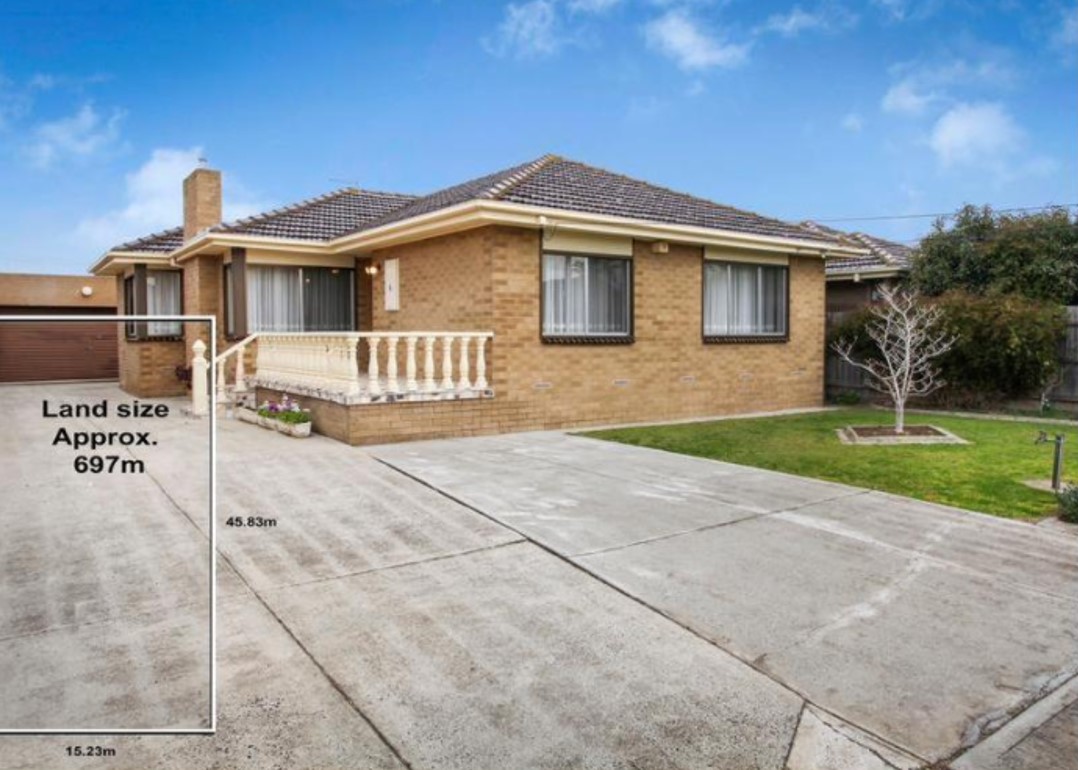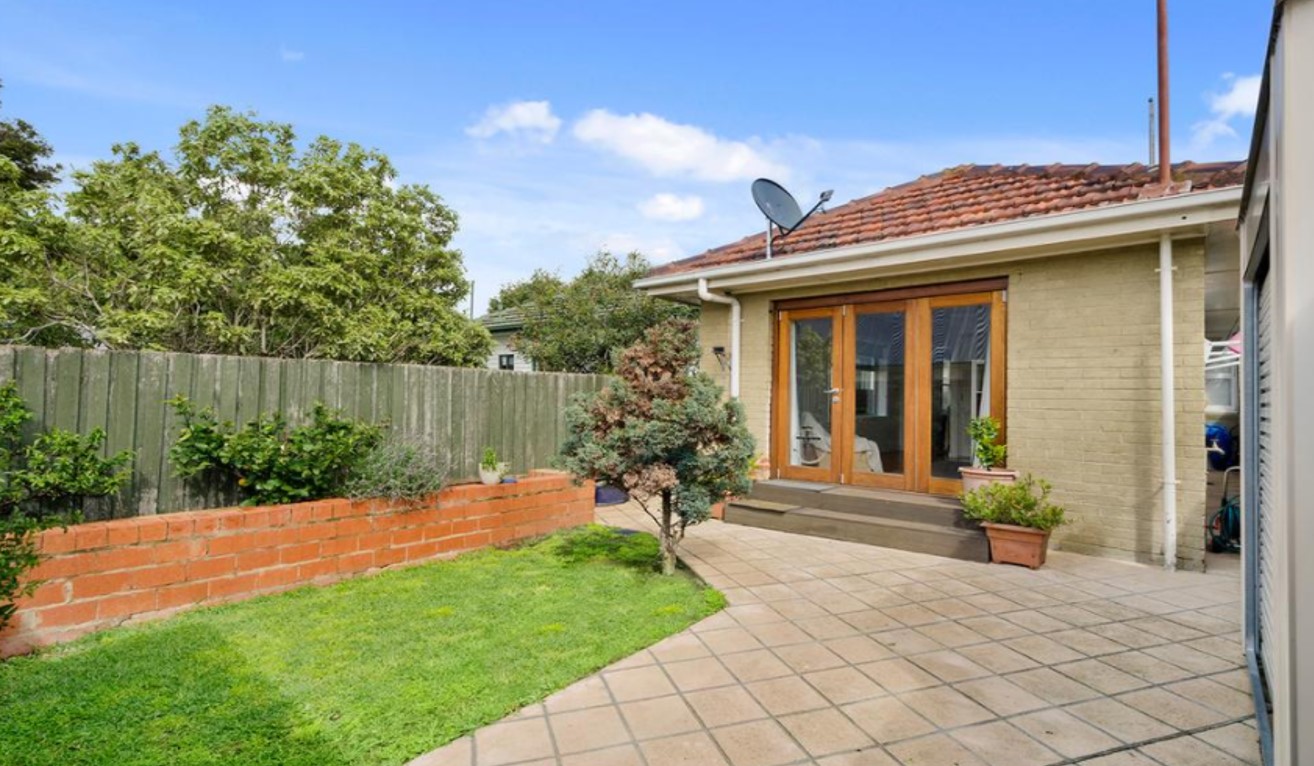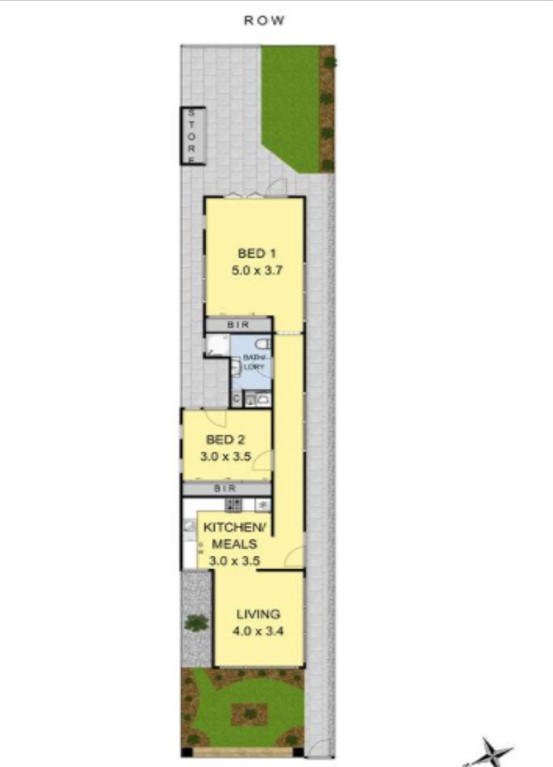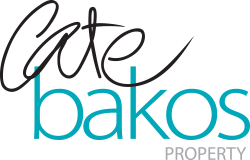A very common myth we continually bust is the idea that large landsize trumps smaller (and even subdivided) blocks. Of course, when land values per square meter are equal and the land is not affected by easements, restrictions or covenants, the larger parcel will always be preferred.
But how do we decide which property will exhibit stronger long term capital growth when the land values aren’t equal?
Investors often look out to new land releases or fringe house and land areas where larger blocks fit their budgets comfortably, but it’s not necessarily the best approach if out-performance capital growth is what they are hoping for.
“Isn’t capital growth all about land?” they ask.
It is true that the land is the component which appreciates while the building depreciates, but regardless of the sheer size of a piece of land, not all land out-performs. I had a recent meeting with a prospective client who shook his head and sighed when I divulged the land size of a property I’d recently helped an investor purchase. He seemed really troubled by the fact that our client’s million dollar budget bought an inner-ring period Victorian cottage on a parcel of land around 200sqm. He was quick to tell me that he could buy two houses on large land in the outer fringe estates for that. I had to share performance data with him to demonstrate why I’d rather 200sqm in Yarraville than two 500sqm parcels in a fringe estate.
When it comes to passive capital growth, the prime consideration should be location, scarcity, cash flow and lending constraints, not land size.
A very recent client’s assignment in Sunshine and surrounds (in the quest for a mid century property on a full sized block) took an exciting turn this week when a property we’d identified in West Footscray appeared to fit within our budget. The blocks we’d been focusing on throughout our search in Sunshine West were sizeable indeed; some eclipsing 700sqm. But as we’d harshly found out, competition in the suburb had shut us out at levels above our circa mid-sevens budget, so the idea of finding a house in West Footscray for our committed investors was nothing short of exciting.
The property in West Footscray sat on a small parcel of 188sqm and we did have to discuss this.
West Footscray’s 2006-2016 median house price capital growth registered at a whopping 9.4% per year on average* while Sunshine West’s median house price capital growth for the same period was lower at 7.9% per year on average*. Data doesn’t tell the whole story though; street quality, layout, orientation, opportunity to improve and land use (to name a few) are vital considerations.
 Only last weekend we missed out on a Sunshine West gem when it sold to an excited home buyer for $780,000. Boasting beautiful big rooms and a perfect canvas for cosmetic renovation, we targeted it with enthusiasm but it just wasn’t meant to be.
Only last weekend we missed out on a Sunshine West gem when it sold to an excited home buyer for $780,000. Boasting beautiful big rooms and a perfect canvas for cosmetic renovation, we targeted it with enthusiasm but it just wasn’t meant to be.
This particular property in West Footscray (below) also boasted opportunity to improve, and what aided its scorecard was the dual street frontage, quality street and proximity to shops and station. More so however was the location.
Our client could buy in the inner-west (as opposed to the middle ring).


With swift action we assessed the property, coordinated the contract review and prepared for auction. In the space of seven days our client’s roller-coaster ride spanned effort, a disappointment, more effort and an exciting outcome.
Wishing him a successful investing journey with out-performance capital growth.
*Data sourced fromVictorian Land Registry Services
